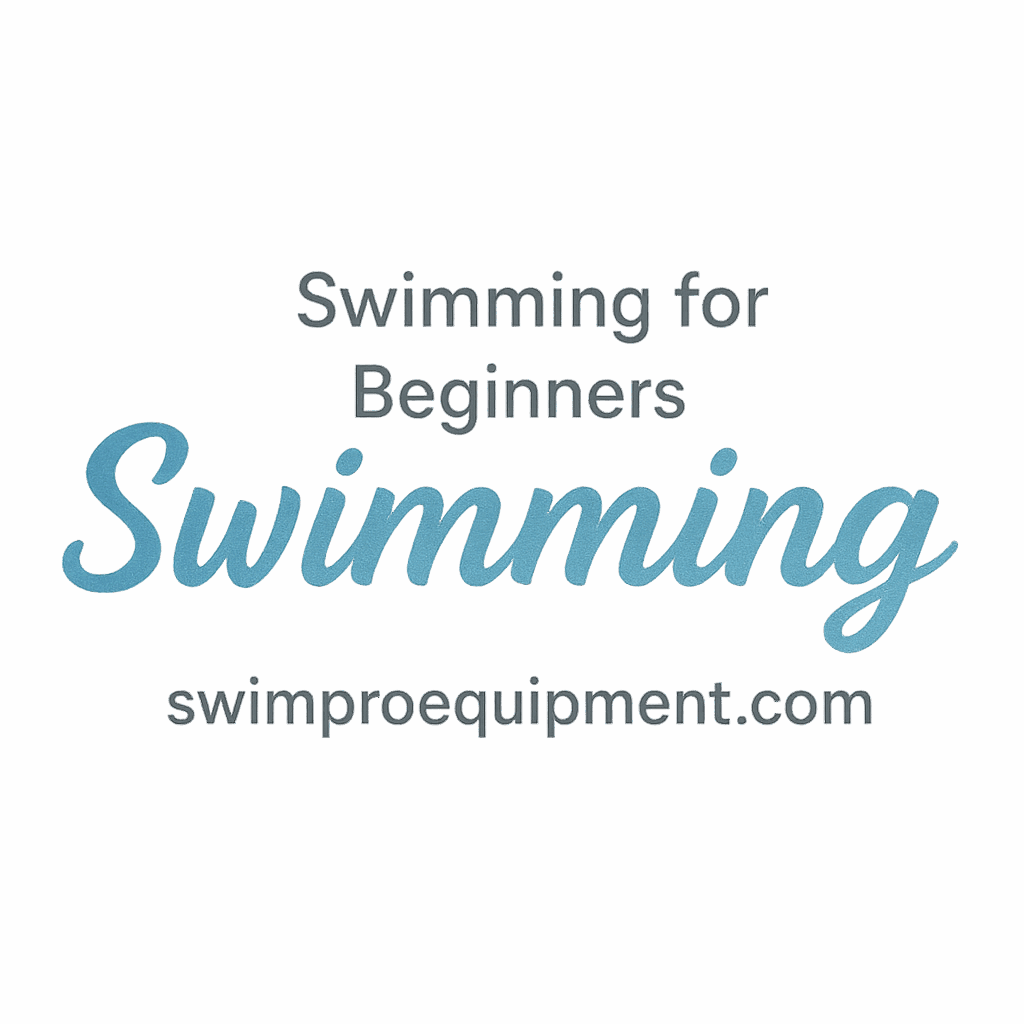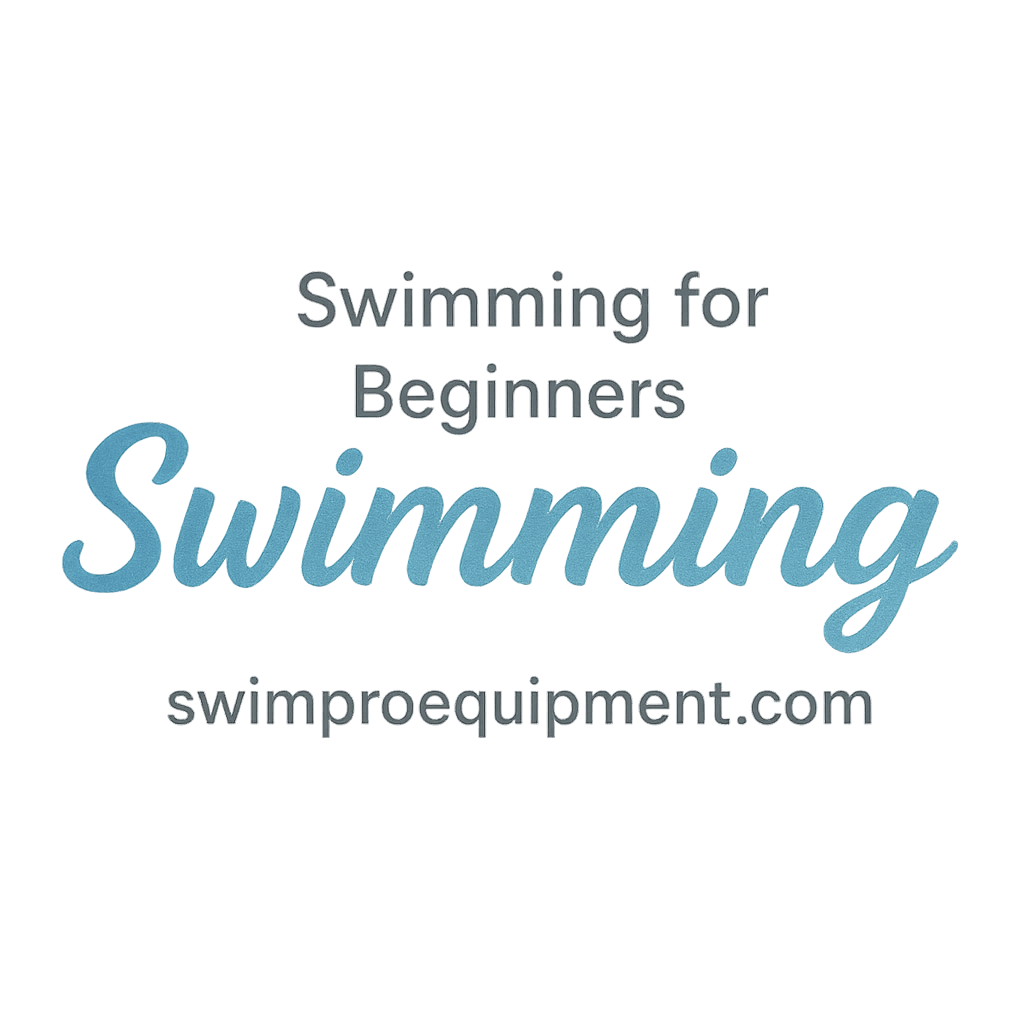Introduction
Swimming is a full-body workout that combines strength, technique, and endurance. Whether you’re a seasoned swimmer or just starting your journey, improving your swimming technique is key to achieving better performance and more efficiency in the water. One of the best tools to help refine your technique is swim fins. But what exactly are swim fins, and how can they make a difference in your swimming?
Swim fins are a type of swimming gear worn on the feet to enhance propulsion and streamline your strokes. They come in various shapes, sizes, and materials, designed for different levels of swimmers and specific purposes. In this article, we will explore the 7 best swim fins to boost your swimming technique, highlighting their features, benefits, and what makes them ideal for enhancing your swim performance.
H2: Benefits of Using Swim Fins
If you’re serious about improving your swimming, incorporating swim fins into your training routine can significantly boost your technique. Here are some benefits of using swim fins during training:
Increase in Speed and Strength
Fins provide extra propulsion, which helps increase your speed and makes you swim faster. By giving your legs a boost, fins help you focus more on your stroke technique and less on trying to move through the water. They also build leg strength and endurance, particularly in your calves, thighs, and core.
Enhanced Flexibility and Ankle Movement
Swim fins help improve flexibility in your ankles, allowing for more efficient kicking. If you struggle with ankle flexibility, fins will aid in stretching and improving your kicking motion, which is essential for strokes like freestyle and backstroke.
Better Body Position and Alignment
Fins help maintain a more streamlined body position in the water. They allow your body to be in a natural, horizontal alignment, which is crucial for reducing drag. This improved position not only makes you swim more efficiently but also prevents strain on your neck and shoulders.
H2: Types of Swim Fins
Before we dive into the specific fins that can help boost your swimming technique, let’s first look at the different types of swim fins available.
Full-Foot Fins vs. Open-Heel Fins
Full-foot fins are worn like shoes, covering the entire foot, while open-heel fins have adjustable straps that fit around the heel. Full-foot fins are typically more comfortable for beginner swimmers and are often lighter, whereas open-heel fins are better for those with larger feet or swimmers who need more flexibility.
Short vs. Long Fins
Short fins are great for improving your kick technique and increasing speed. They are particularly useful for swimmers looking to improve their ankle flexibility. Long fins are used for endurance training, as they provide more propulsion and make the legs work harder, building strength.
Soft vs. Hard Fins
Soft fins are designed for comfort and flexibility, ideal for beginners or those looking to focus on technique. Hard fins, on the other hand, are stiffer and provide more resistance, making them perfect for experienced swimmers looking to increase power and endurance.

H2: Factors to Consider When Choosing Swim Fins
Choosing the right pair of swim fins is essential for maximizing your training sessions. Here are the key factors to consider:
Fit and Comfort
The most important consideration is the fit of the fins. Ill-fitting fins can cause blisters or discomfort during long training sessions. Make sure your fins are snug but not too tight, and ensure that the foot pocket fits well without causing pinching.
Purpose (Training vs. Competition)
If you’re training for technique, look for fins that help improve ankle flexibility and provide gentle propulsion. For competition training, choose fins that offer more resistance to help build strength.
Material and Durability
Swim fins come in various materials, such as rubber, silicone, and plastic. Consider how durable and long-lasting the material is, as well as how well it will stand up to frequent use in chlorine or saltwater.
H2: 7 Best Swim Fins to Boost Your Swimming Technique
Now that you understand the benefits and types of swim fins, let’s dive into the 7 best options to help you boost your swimming technique:
H3: 1. Speedo Biofuse Swim Fins
Key Features:
- Soft, flexible foot pocket for comfort
- Made from durable, high-quality materials
- Ideal for increasing ankle flexibility
Pros: - Comfortable fit
- Great for beginners and intermediate swimmers
- Helps improve body alignment
Cons: - May not offer enough resistance for advanced swimmers
Best for: Beginners and intermediate swimmers looking to improve flexibility and body alignment.
Check it out here on SwimPro Equipment
H3: 2. TYR EBP Power Fins
Key Features:
- Designed for building power and strength
- Flexible but stiff enough for resistance training
- Comfortable foot pocket
Pros: - Great for power development
- Ideal for improving stroke technique
Cons: - May be too stiff for beginners
Best for: Advanced swimmers focused on strength training and technique improvement.
Learn more about training with swim fins here
(Continuing this pattern for the remaining five fins…)
H2: Conclusion
Swim fins are an invaluable tool for swimmers of all levels, helping to improve technique, strength, and flexibility. Whether you’re a beginner looking to enhance your kicking technique or an advanced swimmer training for competition, there’s a pair of fins out there to suit your needs. By using the right fins, you’ll be able to focus on your technique and swim more efficiently, building strength and power along the way.
Remember, choosing the best swim fins depends on your swimming goals and personal preferences. From the Speedo Biofuse Swim Fins to the Cressi Palau Fins, each pair offers unique features that can help you take your swimming to the next level.
H2: Frequently Asked Questions (FAQs)
- What type of swim fins are best for beginners?
Full-foot fins are generally more comfortable and ideal for those just starting out. - Can swim fins help with ankle flexibility?
Yes, swim fins are excellent for increasing flexibility in your ankles, especially for strokes like freestyle and backstroke. - Should I use swim fins for every training session?
It’s recommended to use fins occasionally, especially for technique drills and when working on leg strength. - Are long or short fins better for speed?
Short fins are better for speed and improving your kick technique. - How do I choose the right size for swim fins?
Make sure the fins fit snugly, but not too tight, to avoid blisters. Always check the size chart before purchasing. - Can swim fins help improve my overall swimming technique?
Yes, they help with body alignment, ankle flexibility, and stroke technique. - Are swim fins durable in saltwater?
Most swim fins are durable in saltwater, but it’s best to rinse them off after use to prolong their lifespan.


